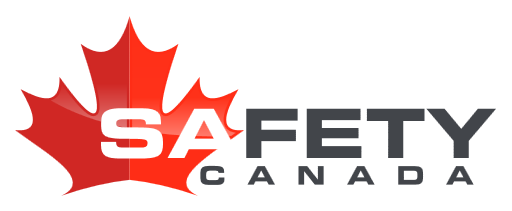Course Overview
Upon completion of this lesson, the student will be able to identify the purpose and goals of the Clean Air Act Amendments of 1990, define key terms associated with National Ambient Air Quality Standards of Title I, and identify the requirements for limiting Hazardous Air Pollutants as defined in Title III. The student will also be able to identify the purpose of Operating Permits as defined in Title V, and the steps involved in the air permitting process.
Upon successful completion of this course, you should have a better understanding of:
- The purpose and goals of the Clean Air Act Amendments (CAAA) of 1990.
- Attainment and nonattainment areas as described by the Clean Air Act.
- Compliance requirements, including National Ambient Air Quality Standards (NAAQS), degrees of nonattainment, major source, Criteria Air Pollutants, and New Source Performance Standards.
- Requirements for attainment and maintenance of National Ambient Air Quality Standards.
- Requirements for limiting Hazardous Air Pollutants.
- Compliance requirements, including Hazardous Air Pollutants, Maximum Air Control Technology, and Risk Management Planning, and NESHAPS.
- Identify the purpose and requirements of Operating Permits as defined in Title V.
- Compliance requirements, including Potential To Emit, Actual Emissions, and Allowable Emissions
- The process for determining air-permitting compliance.
- The types of air permits from least stringency to highest, including permit exemption, construction permits, minor source permits, synthetic minor permit, and major source permit.


